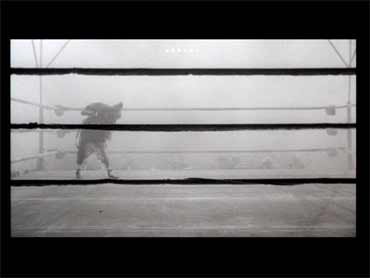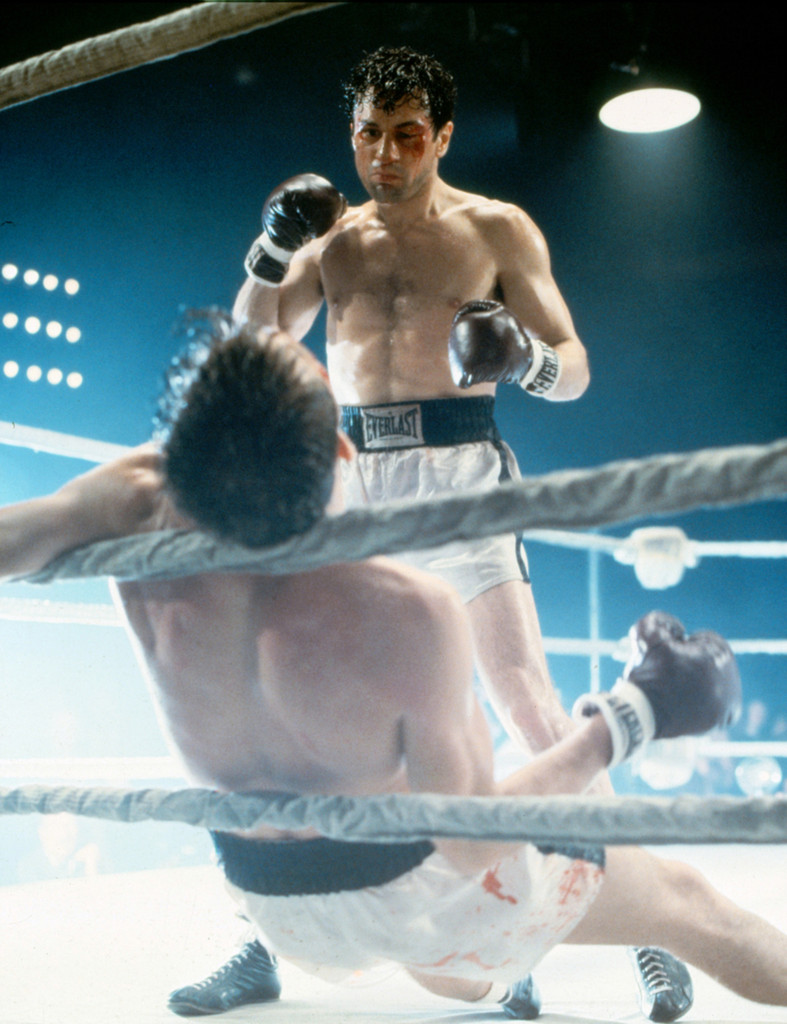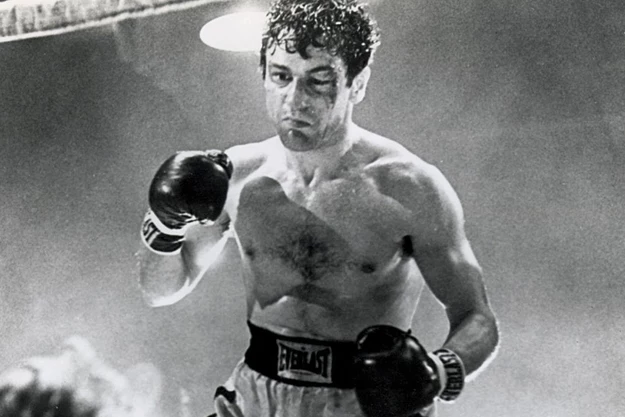

In fact, Marty shows Coates doing exactly that in a scene in The Aviator.”įemale editors such as Booth, at Metro-Goldwyn-Mayer, or Barbara McLean at 20th Century Fox, became leading supervisors, brought in to approve or rescue a film, during the heyday of Hollywood studios. “They would hold up the film and measure it out along their arm like a tailor does, with 3ft considered the right length of time to hold a close-up. These women already knew how to handle film,” she said. Then Griffith, and Eisenstein in Russia, started cutting and editing their films and directors needed someone to splice the footage together. “They were there spooling film in the labs, back when it was just one 100ft roll. Listing Dede Allen, Verna Fields and Anne Coates, the artistically powerful Hollywood editors of the 1920s, 30s and 40s, as further evidence of a strong tradition that has continued with the late Sally Menke’s editing of Quentin Tarantino’s films and in the work of Alisa Lepselter for Woody Allen, Schoonmaker suggests women first became involved in the industry as assistants in film laboratories.

Photograph: Lester Cohen/WireImageĪnd while Schoonmaker, as a triple-Oscar winner, can hardly claim to be unsung, she does argue that women’s crucial role in film-making has been underestimated.

Thelma Schoonmaker with her Oscar for The Departed.


 0 kommentar(er)
0 kommentar(er)
